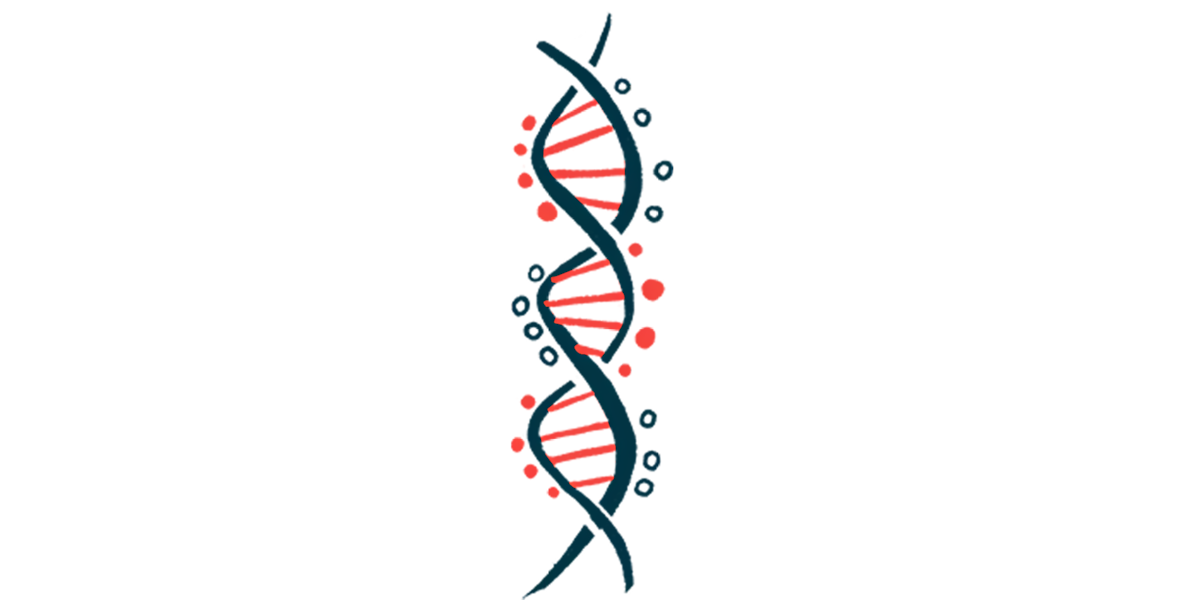Researchers ID gene enhancers possibly linked to Parkinson’s
Study finds enhancers influence activity in genes tied to disease

Gene enhancers may play an important role in neuronal development and neurological conditions such as Parkinson’s disease, a study found.
Enhancers work to turn on the activity of their target genes. Experiments showed that mutations previously linked to Parkinson’s were found within these enhancer regions, and that the enhancers influenced the activity of genes associated with the neurodegenerative disease.
The researchers said the findings could be used to better understand the development of neurological diseases like Parkinson’s and to identify new therapeutic targets.
“Our study further exemplifies the power of enhancer discovery in providing potential clues to better understand the pathogenesis [disease development] of neuropsychiatric disorders,” Masahito Yoshihara, MD, PhD, the study’s first author and associate professor at Chiba University in Japan, said in a university news story.
The study, “Transcriptional enhancers in human neuronal differentiation provide clues to neuronal disorders,” was published in EMBO Reports.
Gene enhancer research
Genome-wide association studies (GWAS) are large studies designed to identify genetic variants known as single nucleotide polymorphisms (SNPs) that occur more often in people with a specific trait or disease. These studies are widely used to identify genes that might be involved in neurological conditions such as Parkinson’s.
Disease-related SNPs can be found throughout the genome, in coding and non-coding regions. Coding regions directly provide instructions for making proteins, while non-coding regions play other roles in regulating gene activity.
Many genetic variants linked to neurological diseases in GWAS fall in non-coding regions, but the functions of these areas of DNA in neurological development and disease are poorly understood.
“Elucidating how disease-associated variants influence gene regulation can uncover previously unidentified molecular pathways involved in neuronal disorders and reveal novel therapeutic targets for drug development,” Yoshihara said.
The researchers aimed to learn more about how enhancers, regulatory elements more commonly found in non-coding regions, affect neuronal development.
Different enhancers are active in various cell types and developmental stages, and the genes they regulate often sit far from them in the genome. This can make it particularly difficult to parse out their function.
The scientists used a series of advanced analytical techniques to identify active enhancers in LUHMES cells, a type of human-derived neuronal precursor cells that develop into mature dopaminergic neurons, the nerve cells that are lost in Parkinson’s disease.
The researchers identified 47,350 enhancers that were active at various stages of LUHMES cell development. Of them, more than 65% had never before been identified.
Many SNPs that had in previous GWAS been linked to neurological diseases, particularly those associated with Parkinson’s and schizophrenia, were found to reside within these enhancer regions.
Believing that could mean that these enhancers play an important role in neurological disease, the researchers conducted a series of experiments to learn more about their functions and to identify genes they might regulate.
Among their findings was a link between a newly identified gene enhancer and the SNCA gene, mutations in which are a known genetic contributor to cause Parkinson’s disease.
The enhancer interacted with promoters for the SNCA gene. Promoters are stretches of DNA that lie directly adjacent to a gene, and are responsible for turning on that gene’s activity through their interactions with enhancers and other regulatory elements.
Two SNPs previously linked to Parkinson’s resided in this enhancer region. Functional studies showed that activation of that enhancer and promoter led to increased activity of the SNCA gene.
“Our results highlight the vast regulatory potential embedded in non-coding regions that harbor relevant enhancers and provide a valuable resource for future studies on neuronal development, regulation, and disorders,” Yoshihara said.
The researchers noted that while the enhancers themselves might not be easy to target therapeutically, “the genes they regulate might.”
“The regulatory links reported here represent only the tip of the iceberg in terms of aiming to identify new drug targets for treating these devastating disorders,” they concluded.






